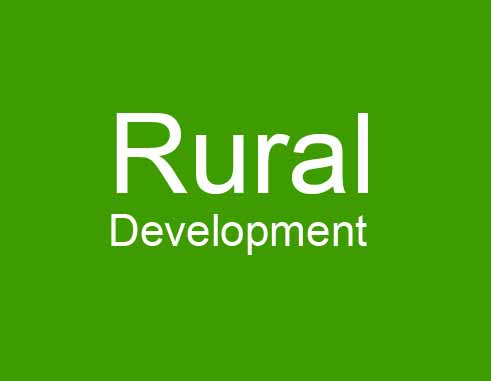In Saint Lucia and further afield, it has been proven that community development programmes play a very important role in rural reconstruction. The main characteristics of community development projects include Agricultural expansion, development of human resource or capacity building, the creation of services for public health, motivation and participation of persons in nation building by generating and strengthening a communal spirit and a shared concern for public welfare; the growth of the national economy, not necessarily by having more monetary wealth but in having amassed a healthier, more educated population and equitable standard of living.
In Jamaica for example, the Jeffery Town Model for Community Development, is a case study of a rural community programme which by its great success, engenders hope and generates inspiration for other islands throughout the region to emulate and borrow this mode. It is an opportunity to keep tapping into its benefits, through replication.
Why a Jamaica Model? “Jeffrey Town” is a success story validating the modern development assistance programmes whereby communities are empowered, allowed to select their own imperatives and, in this case, redressing some of those difficulties with superb results.
The tenets of community development, no matter in which island of the Caribbean all tend to share many commonalities. These commonalities are integrally linked to shared socio- economic indicators, which exist ubiquitously in most Caricom territories. These projects complement the key prongs of development highlighted in the Jefferey Town case study which according to its Abstract notes that: “The Jeffrey Town model for community development has been effectively applied to the rural community of Jeffrey Town in Jamaica with Information and Computer Technology (ICT) as a key element. The farmer’s association is the vehicle that has driven the change.”
Here also, in Saint Lucia, the farming sector is a major vehicle for the implementation of rural development projects; and is ripe for consideration for a fresh suite of projects. In recent times projects to stimulate community development in Saint Lucia appear to be drying up rapidly.
Community projects ought to be either/ or encompassing technology -enabled elements, should be learner–centred, participatory and/or development outcome–oriented, should be documented whether in print, online or electronically as a means of recording and publicizing information which is useful and may resonate with other geographical areas and communities which share similar desires and objectives.
A primary reason for documentation is that it serves as bona fide proof for governmental agencies that can attract funding. In that light local government must be given a mandate to step in and play a significant role. The reason is that disadvantaged communities will not be able, in most cases to single-handedly access seed money. There is also the need for participants to access proper professional interventions along with the guidance of trained resource persons most often, voluntarily or paid by an organization or the Town Council. The local government office should be able to offer a tier of resources, tangible and intangible, that will bridge the path to success and share benefits.
In Saint Lucia there is a project known as KoudemainSte.Lucie which resonates with the Jeffrey Town model.
KoudmeinSte Lucie is a holistic intervention programme designed to give psycho-social support to families living in extreme poverty. This programme allows the agency to pool its resources, coordinate its services and build social networks for the:
- Eradication of extreme poverty
- Implementation of comprehensive and social protection programmes and
- Reduction of poverty and vulnerability in Saint Lucia specifically in the communities highlighted by The Country Poverty Assessment as being highly vulnerable and indigent.
Through this outreach, specially trained family social workers, support counsellors and community officers maintain regular visitations with indigent households over a two-year period, building close relationships and becoming a conduit through which support is administered.
As a result many benefits have been derived from this programme. Several young people have gained employable skills over the years. In 2010 for example, 21 residents of Bruceville, Vieux Fort received training in a diverse category of employable skillsets such as hairdressing and beauty care, pastry making, carpentry, electrical installation and other areas, along with classes in English and Maths. This training has translated into self-employment and hired employment opportunities for these persons who credit the training received for having provided them the opportunity to be on the income–generating, self –empowering path.
Successful community development programmes are occurring around the Caribbean and there is no need to re–invent the wheel every time. These programmes open doors in terms of learning for development, transformational change, equitable development and distribution of a better quality of life.














Training for the youth is the way to get them off the blocks and into the work place, give a man a fish you feed him for a day, tech him to fish you feed him for a lifetime. Let’s hope the program covers the entire island into every community. Good job folks.